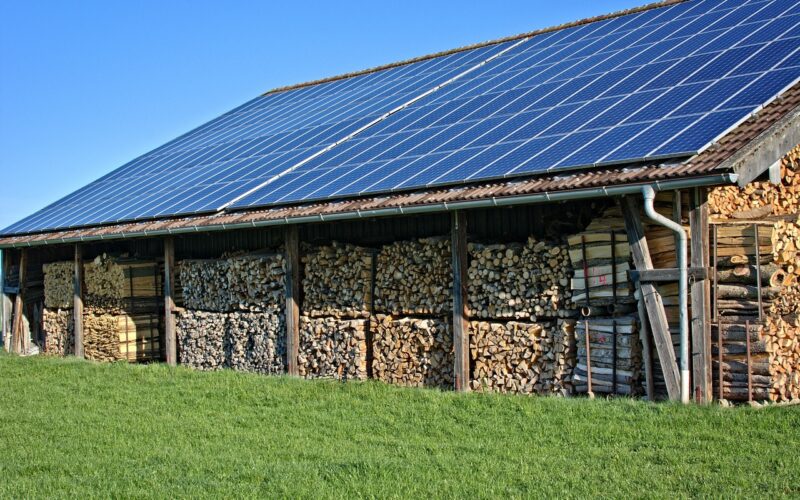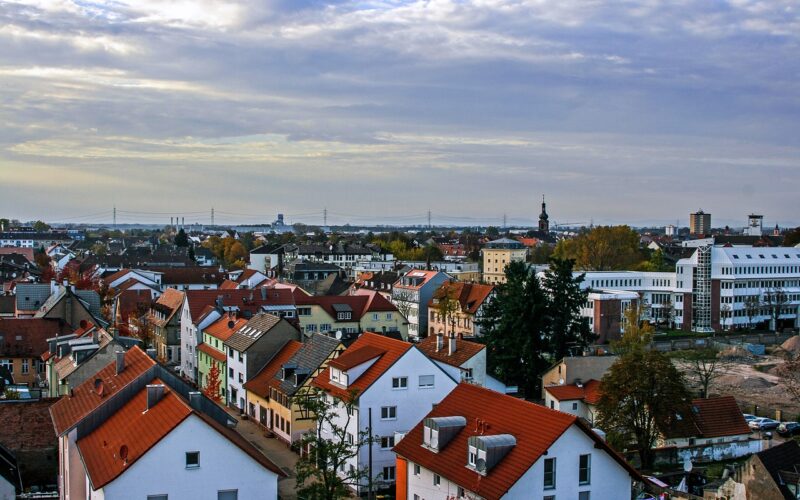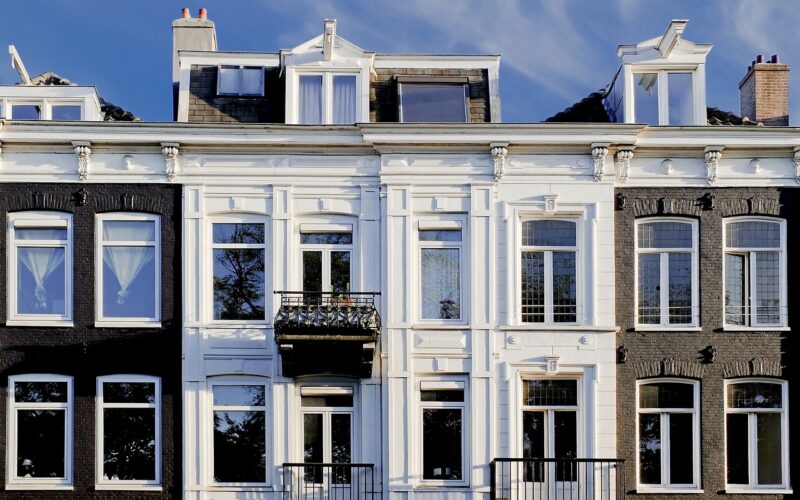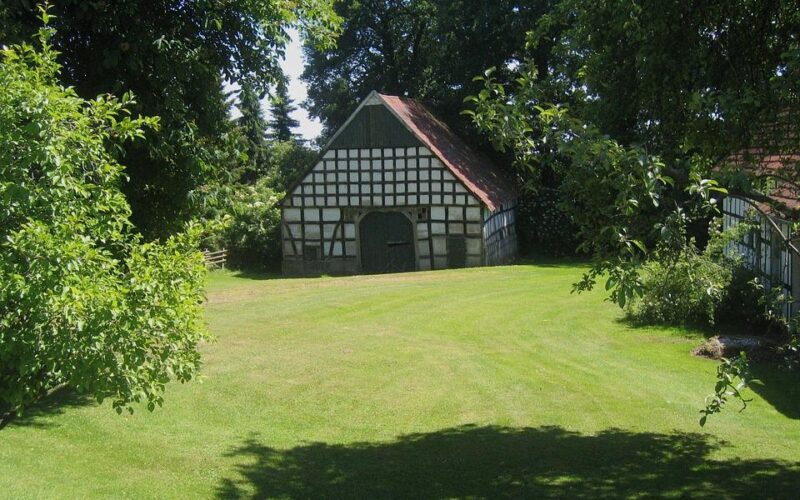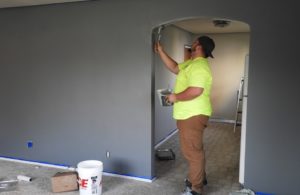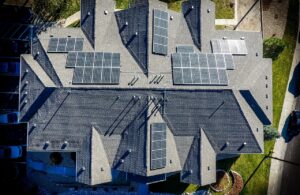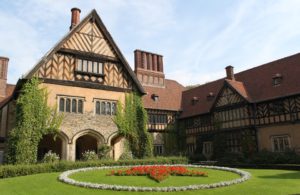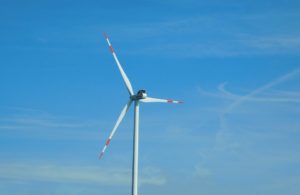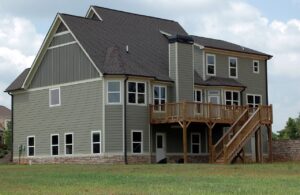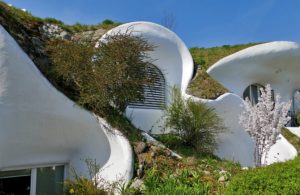Home renovation offers the perfect opportunity to integrate eco-friendly practices and materials into your living space. An eco-renovation not only contributes to a healthier planet by reducing the ecological footprint but also potentially lowers energy costs in the long run. For those looking to transform their old domicile into a modern, sustainable abode, here are some key considerations and tips to guide you through the process.
Understanding the basics of eco-friendly renovation
Before commencing on an eco-friendly renovation, it's important to understand what sustainability means in the context of home improvement. Essentially, it involves using materials and methods that are resource-efficient and environmentally responsible. This could mean anything from installing energy-efficient appliances to choosing renewable materials and reducing waste. Start by evaluating which aspects of your home need updating and consider how each change can contribute to a more sustainable way of living.
Conducting an energy audit
One of the first steps in an eco-friendly renovation is assessing your home's current energy use. A professional energy audit can help identify problem areas where you're losing heat or wasting electricity. Simple changes, such as sealing drafts around windows and doors or adding insulation in the attic, can significantly cut down on energy bills and reduce your home’s overall demand for energy.
Choosing sustainable materials
When selecting materials for your renovation, opt for sustainable options like bamboo flooring, recycled glass countertops, or reclaimed wood. Not only do these materials add a unique aesthetic to your home, but they also have a lower impact on the environment compared to conventionally produced products. They typically require less energy to manufacture and often come from renewable sources.
Water conservation strategies
Water is a precious commodity, and conserving it should be a priority in any eco-friendly home. Consider installing low-flow toilets, showerheads, and faucets to reduce water consumption. If you’re planning a larger-scale renovation, setting up a rainwater harvesting system for irrigation or using permeable paving to manage storm water can be excellent additions to your eco-friendly project.
Upgrading to energy-efficient systems
Replacing an old heating, ventilation, and air conditioning (HVAC) system with a high-efficiency one can result in substantial energy savings. Look for systems with a high Energy Star rating, and don't forget to upgrade other appliances like your fridge, washer, and dryer to more energy-efficient models. Incorporating smart home technology, like thermostats that learn your schedule and adjust temperatures accordingly, can also enhance your home’s energy efficiency.
Considering renewable energy sources
If you're looking to go all out in your eco-friendly renovation, consider renewable energy sources such as solar panels or a residential wind turbine. These investments can reduce your reliance on fossil fuels and can even earn you tax credits or rebates. Check local regulations and consult with professionals to determine the best renewable energy solutions for your location and energy needs.
Creating an eco-friendly outdoor space
Don't forget about the exterior of your home, where there are ample opportunities to be more eco-friendly. Try xeriscaping (landscaping that reduces or eliminates the need for irrigation) or installing a green roof to improve insulation. Choose native plants that are adaptable to your local climate and require less maintenance and water. These green spaces not only promote local ecology but can provide a serene environment for your family to unwind.
By considering these elements in your renovation project, you can significantly enhance the energy efficiency and environmental friendliness of your home. An eco-friendly renovation is an investment in both your residence and the world around you, ensuring a healthier living space for now and a brighter future for the next generation.
